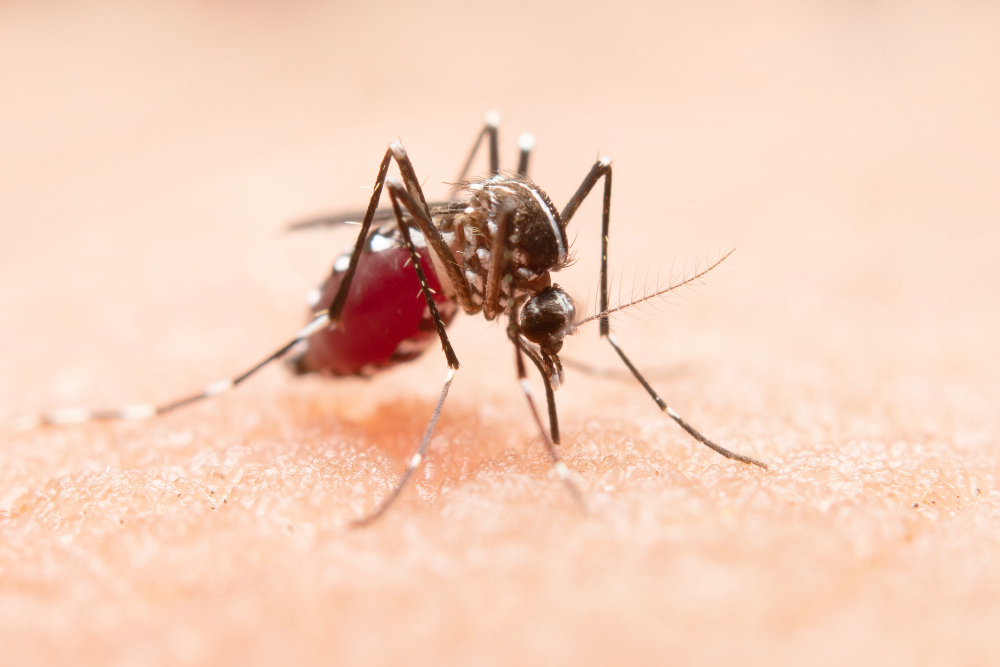Dengue fever continues to be a significant public health concern in Sri Lanka, affecting thousands of people annually. This mosquito-borne viral disease, primarily spread by the Aedes aegypti and Aedes albopictus mosquitoes, has grown into an alarming epidemic, particularly during monsoon seasons.
Understanding Dengue Fever
Dengue fever is caused by the dengue virus, which exists in four serotypes (DENV-1, DENV-2, DENV-3, and DENV-4). Symptoms typically include high fever, severe headaches, joint and muscle pain, skin rashes, and bleeding tendencies in severe cases. Dengue Hemorrhagic Fever (DHF) and Dengue Shock Syndrome (DSS) are life-threatening complications that require immediate medical attention.
Dengue in Sri Lanka: Current Trends
Sri Lanka, with its tropical climate and urbanized areas, provides an ideal environment for the breeding of Aedes mosquitoes. In recent years, dengue cases have surged, with periodic outbreaks reported nationwide. The Western Province, which includes Colombo, has often recorded the highest number of cases due to dense population and stagnant water in urban settings.
Causes of Outbreaks
- Climatic Factors: Frequent rainfall creates water stagnation, providing ideal breeding grounds for mosquitoes.
- Urbanization: Poor waste management and construction sites often harbor mosquito larvae.
- Lack of Awareness: Insufficient public knowledge about preventive measures exacerbates the issue.
Efforts to Combat Dengue
The Sri Lankan government, along with health organizations, has implemented several measures to combat the dengue epidemic:
- Mosquito Control Campaigns: Regular fogging, destruction of mosquito breeding sites, and public awareness drives are conducted in high-risk areas.
- Healthcare Improvements: Hospitals and clinics have been equipped to handle dengue cases with specialized dengue management units.
- Community Involvement: Educational programs encourage citizens to take proactive measures like eliminating stagnant water and using mosquito repellents.
Challenges
Despite these efforts, challenges remain. The emergence of multiple dengue virus serotypes increases the risk of severe infections. Additionally, resistance to insecticides and inconsistent public participation hinder the success of control measures.
Preventive Tips
To reduce the risk of dengue, individuals should:
- Keep their surroundings clean and free of stagnant water.
- Use mosquito repellents and wear protective clothing.
- Install mosquito nets and screens at home.
- Seek immediate medical attention if dengue symptoms appear.
Conclusion
Dengue fever remains a formidable challenge in Sri Lanka, requiring a sustained, collaborative effort between the government, health authorities, and the public. By fostering awareness, enhancing healthcare infrastructure, and promoting preventive practices, Sri Lanka can work towards reducing the burden of this deadly disease.

